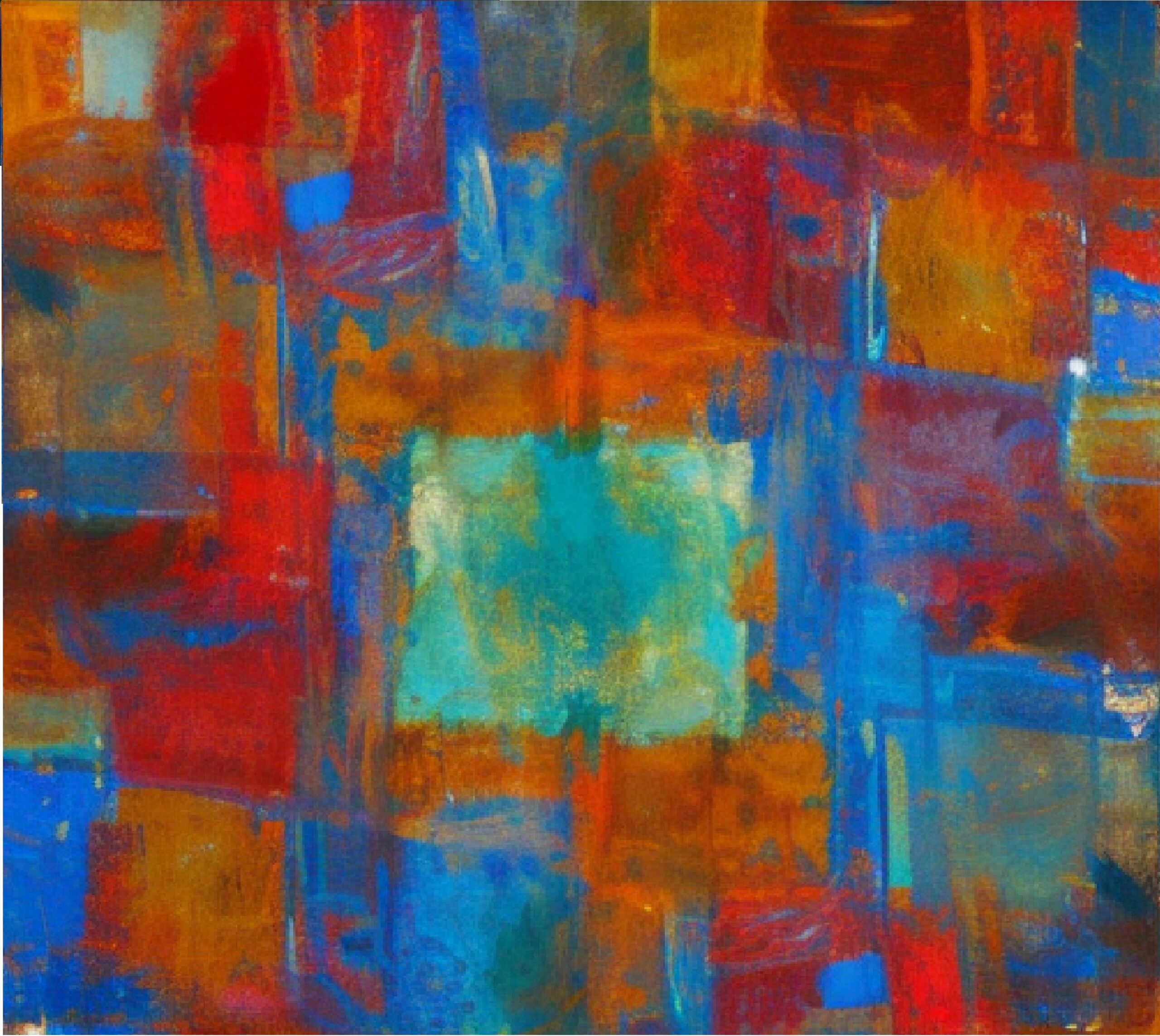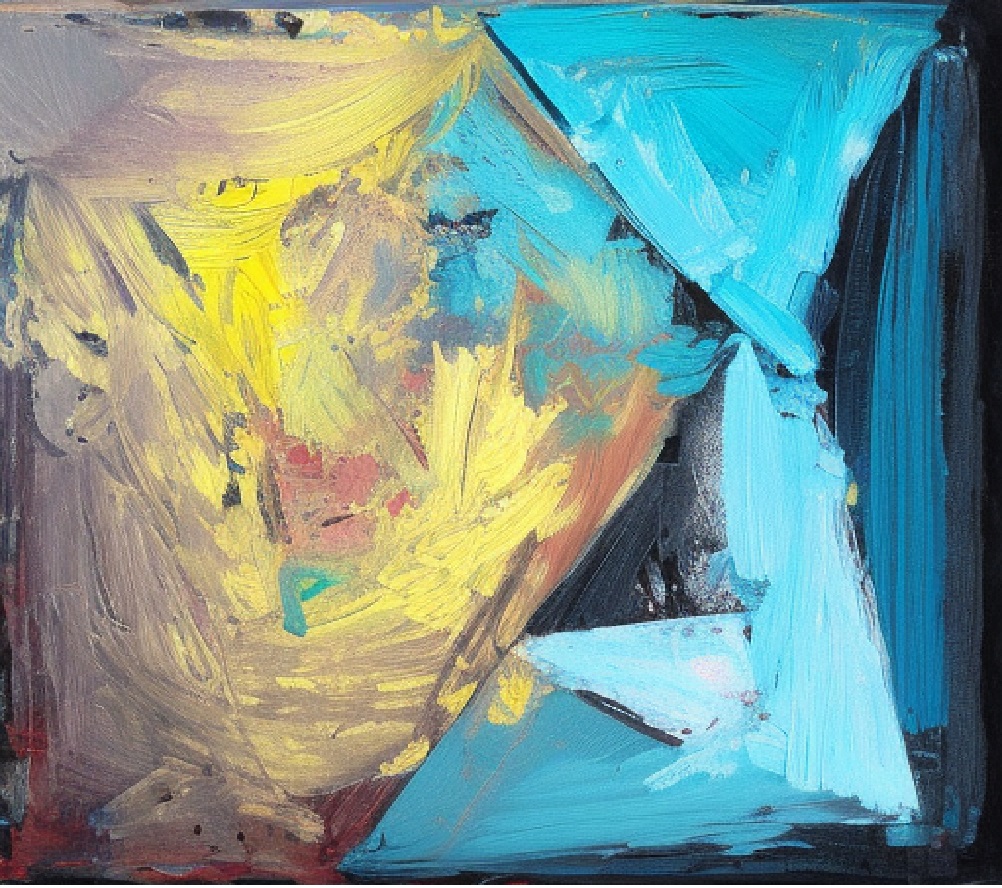Jacob Farkas is a renowned visual artist from Brooklyn, best known for capturing in his works scenes full of dazzling colors, who invite us to reflect. Color, texture, and shape are often used by Jacob Farkas to evoke the feeling of urban life and architecture. With his process-oriented technique, he combines and layers various media to convey a sense of history and discovery. In addition to urban references, he uses his travels to expose other imagery in his work. His mark-making also exhibits a primitive feel. The combination of this and his spontaneous approach to the surface gives his work a new dimension. Jacob Farkas’ work can be found in numerous private collections and corporate public collections.
In this interview, you will learn more about the artwork of Jacob Farkas.

Jacob Farkas on being a visual artist: Why do you even need to draw?
Jacob Farkas: I paint to make sense of my experience. I think that art has the power to reveal the truth, which is why it can offer answers to questions of life that can’t be answered any other way. It’s an investigation of the mysterious. I don’t know why anyone would choose to paint in a digital age when there are so many different ways to create an image. To me, it feels like our brains are wired for two-dimensional painting, even if we can create images on a computer. For me, painting is like feeling a shape in my hand, getting to know it and then translating that feeling into a mark that tells a story.
The journey of Jacob Farkas – how he found his sound and vision
Jacob Farkas: I’m always interested in what’s next. I’m curious about new techniques and new ways to experience color and shape. I believe that you’re always trying to push yourself as a creator and to evolve. For me, that’s the journey of being a visual artist. I think I’ve been challenged by trying to grow and find new ways to communicate. I’ve been lucky enough to find my perfect technique and to find my visual language.
Jacob Farkas’ process: How to be a painter who is constantly evolving
Jacob Farkas: I guess my work is about discovery. I still feel like I’m uncovering new things about how to make art and find new ways to communicate. I think it’s important to be open to new ideas and be willing to experiment. I’ve learned a lot from looking at and studying different artists. I’m trying to continue to evolve and find new ways to make art that are positive, creative, and expressive. I think it’s important to be open to new ideas and to be willing to experiment. I’m inspired by the amazing architecture and interesting urban landscapes that I see around me. Other visual references can include Urban Exploration, Lowriders, graffiti, and street art. I try to use the mark-making process to combine the visual reference with my own mark-making style to create my vision.
The voice of Jacob Farkas: How art helps us live life
Jacob Farkas: I think art has the power to reveal truth, which is why it can offer answers to questions of life that can’t be answered any other way. It’s an investigation of the mysterious. I believe that art has the power to teach us about ourselves, and to help us understand and be better people. I think that’s why we need it, and why we should use it. In addition to its educational benefits, art can also help us express ourselves. I think that’s why we need it, and why we should use it. I’m inspired by the amazing architecture and interesting urban landscapes that we see around us. New York City is such a vibrant and incredible place, and there’s so much to explore and discover. I try to use the mark-making process to combine the visual reference with my own mark-making style to create my vision.
Final Words
Jacob Farkas hopes his work inspires people to explore new ways to make art and to be open to new ideas and new ways to explore their own creativity. He would love to hear what people think about his work, and what they like and dislike. He thinks we need art to express ourselves, and that’s why we should use it.
If you are interested in more interviews with this artist, we invite you to listen to his podcast.
